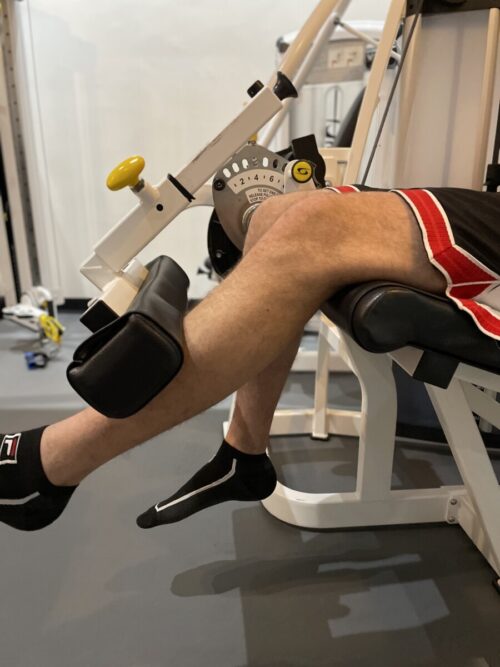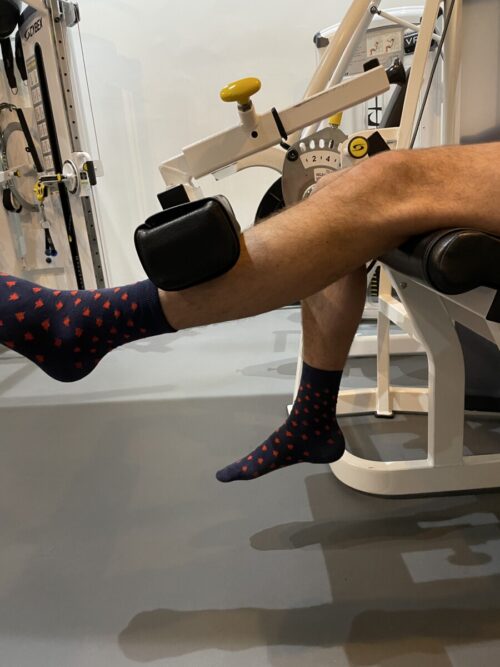In this post we look at an alternative approach if stretching for sciatica is not working.

Sciatica describes a situation where the sciatic nerve is being compressed or is irritated. In around 90% of cases this is due to a spinal disc herniation. This was the case with Djordje.
Djordje came to me with nerve pain in his buttock and down the back of his leg. His doctor had confirmed this was likely due to a spinal disc injury.
His ultimate goal was to return to sport without the limiting pain in his buttock and leg.
He’d been seeing a physiotherapist for several months but found his progress had plateaued.
This is what he had to say after working with me for the last 8 months.
“After going to physio once a week for a few months, I found that it wasn’t helping me and they were more “going through the motions”. I decided it was time to take greater ownership of my own health and started asking around.
Paul came highly recommended, and I must say he still surpassed my expectations. I can feel the progress every month, and even now that my injury is fully healed (fully!!!) I plan to continue seeing Paul and improving my body’s overall resilience.”
How to approach sciatic nerve issues
We know that spinal discs can heal. The goal, therefore, is to carefully strengthen the muscular system within the current boundaries set by the central nervous system.
Put another way, train your muscles without pissing the nerve off.
In many cases where lumbar spine discs are involved, the most obvious limit will be in knee extension when the hip is flexed. This position places tension on the sciatic nerve.
It’s also the position that’s used to stretch the hamstrings and the sciatic nerve.
When stretching for sciatica doesn’t work
Traditionally sciatic nerve issues are treated with either hamstring stretching or so called nerve flossing.
Djordje had been doing both on a consistent basis for several weeks with mixed results.
Whilst some studies show this approach can increase range of motion and reduce pain in the short term, it won’t do much to improve strength.
This is required to successfully return to any activity after such an injury has occurred.
With that in mind we got to work.
In the beginning Djordje could comfortably straighten his knee this far with 5lbs of resistance without discomfort in his glute or hamstring.

We respected this limit and trained his thigh muscles through this range of motion only.
Interestingly we frequently found he gained more pain free range of motion following this exercise. This despite staying well away from anything that would be regarded as a stretch for the sciatic nerve.
I recently took the image below. As you can see his knee extension has improved markedly and this is with 35lbs of resistance on the stack.
Again no stretching has taken place over the last 8 months.

Strengthening instead of stretching for sciatica
Whilst stretching and nerve flossing may produce favourable outcomes in some cases, pulling on a nerve that’s being impinged by spinal disc material, or in fact injured itself is worth questioning.
It’s also worth noting that stretching itself can cause injury to the sciatic nerve in rare cases.
Sometimes staying away from these positions that cause pain and training what you can will produce better long term outcomes.
If you’ve tried stretching for sciatic nerve issues and it hasn’t worked, it might be worth trying something different.
Summary
There is no downside to getting stronger whilst allowing your body to heal in its own time.
Respect your current limits and carefully train what you can in a range of motion that doesn’t cause pain. The results might surprise you.